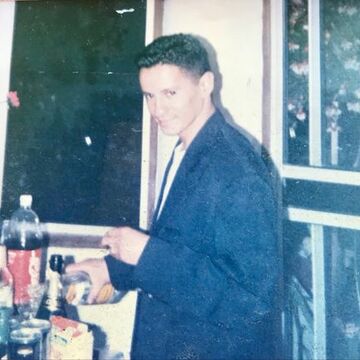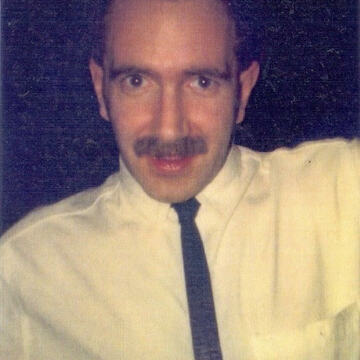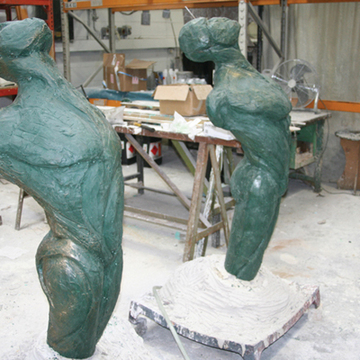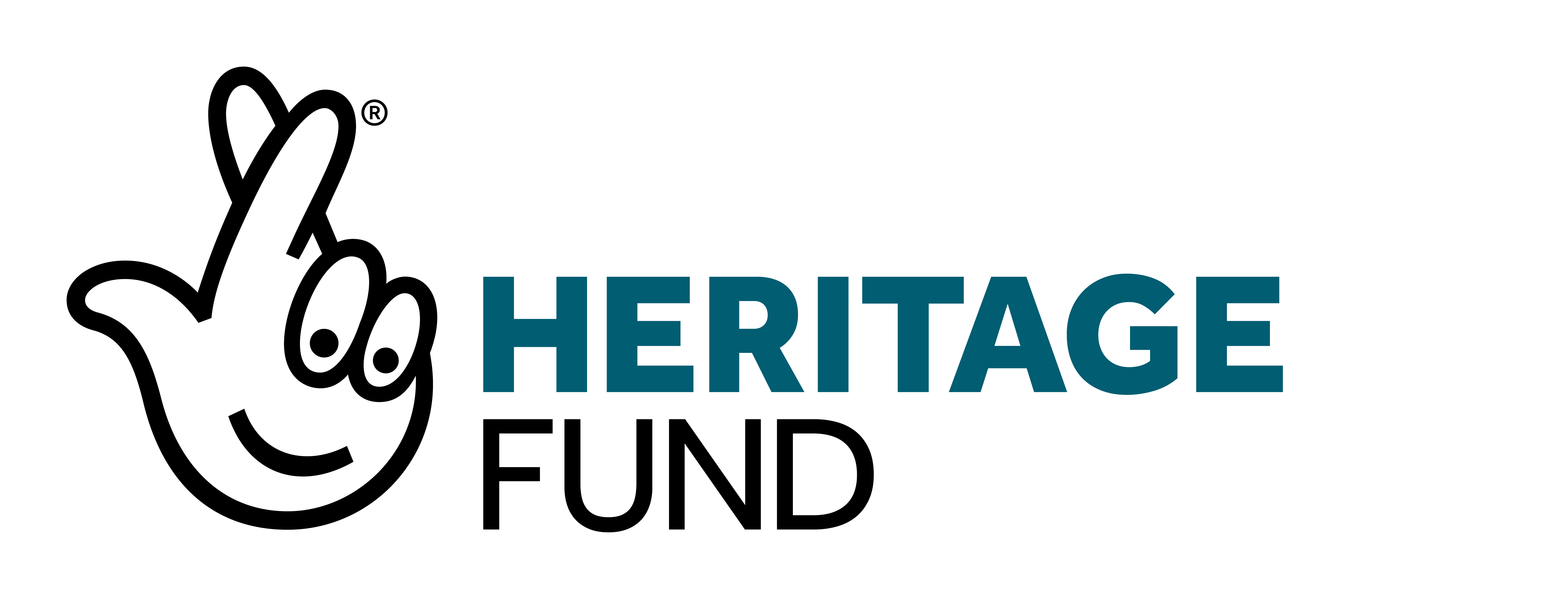Brighton AIDS Memorial collection
- Title
- Brighton AIDS Memorial collection
- Date
- Oct 2021
- Contributor
- Harry Hillery
- Format
- Blog Post
- Creator
- Harry Hillery
- Spatial Coverage
- Brighton & Hove
- Language
- English
- Temporal Coverage
- 1980 - 2021
- Source
- https://www.queerheritagesouth.co.uk/s/queer-heritage-south/page/blog-brightonaidsmemorial
Description:
In Brighton on World AIDS Day, many huddle together at the vigil in New Steine Gardens to ‘hear the voices of dead friends.’ Two hundred souls claimed by the virus are remembered as their names are read, one after another. When I hear my friend Andrea’s name, memories flicker like the candle cradled in my hand, but what settles in my mind is the smiling face of the bright-eyed Brazilian florist who made me laugh every day. For me, it’s important that my thought lingers on his life, however short, before the disease choked it from his lungs on an AIDS ward. I remember many people whose names are read but there are fewer faces I recognise in the crowd with each passing year. Brighton has always been a transient place, an oasis many use to find their queer identity before moving on. Sometimes I worry I might be the only person left in the crowd of candles who remembers Andrea, and it saddens me to think all that might eventually remain of him and others are names forever bound to the virus and death.
From the late 1980s Brighton was hit hard by AIDS, and due to the number of victims and their age, many likened the experience to being in a war. When I opened the Evening Argus or walked up St. James’s Street and saw GAY – GOT AIDS YET sprayed on a wall, it definitely felt like we were under attack and losing. But as writer and activist Neil Bartlett once reminded me, using war as a metaphor is dangerous because it suggests an end. World War One stopped at 11 o’clock on the 11 November 1918 with an armistice. HIV, AIDS and the stigma that surrounds it still continues.
In 1989 I trained as a volunteer at the Sussex AIDS Centre and Helpline, because I wanted to help, but also because I wanted to learn about the disease and stay alive. The camaraderie fostered by the centre birthed many friendships that last to this day, but inevitably I lost quite a few friends along the way too. Despite the wounds the disease left behind, little seems to remain to a story, just ghosts and a few buildings turned into flats. I believe our history needs to be recorded and held close because it has shaped us and helps inform our identities going forward.
I created the Brighton AIDS Memorial on Instagram as a starting point to this collection after being directly inspired by the AIDS Memorial which has become a global phenomenon with 186,000 followers. The stories that arrive from across the world never cease to move and surprise, and one day it struck me that Brighton needed its own space for remembrance so that local names can be re-embroidered with their essence and local history pieced together. Our remembrance needs to acknowledge the horror, but also celebrate the lost lives and provide a cathartic release. I’ve already discovered much needing careful preservation for future generation, and this work must continue. My belief is that the Queer Heritage South archive site will provide the safe home these stories need so they don’t disappear. The collection will also showcase the queer heroes and trailblazers, the organisations, and bring together all the photos, writing and ephemera in one place.
So, take a look in those old shoe boxes under the bed, or the scrapbooks and photo albums in a cupboard and help us build this collection. Or if you have a story to tell or someone to remember please get in touch – brightonaidsmemorial@gmail.com
From the late 1980s Brighton was hit hard by AIDS, and due to the number of victims and their age, many likened the experience to being in a war. When I opened the Evening Argus or walked up St. James’s Street and saw GAY – GOT AIDS YET sprayed on a wall, it definitely felt like we were under attack and losing. But as writer and activist Neil Bartlett once reminded me, using war as a metaphor is dangerous because it suggests an end. World War One stopped at 11 o’clock on the 11 November 1918 with an armistice. HIV, AIDS and the stigma that surrounds it still continues.
In 1989 I trained as a volunteer at the Sussex AIDS Centre and Helpline, because I wanted to help, but also because I wanted to learn about the disease and stay alive. The camaraderie fostered by the centre birthed many friendships that last to this day, but inevitably I lost quite a few friends along the way too. Despite the wounds the disease left behind, little seems to remain to a story, just ghosts and a few buildings turned into flats. I believe our history needs to be recorded and held close because it has shaped us and helps inform our identities going forward.
I created the Brighton AIDS Memorial on Instagram as a starting point to this collection after being directly inspired by the AIDS Memorial which has become a global phenomenon with 186,000 followers. The stories that arrive from across the world never cease to move and surprise, and one day it struck me that Brighton needed its own space for remembrance so that local names can be re-embroidered with their essence and local history pieced together. Our remembrance needs to acknowledge the horror, but also celebrate the lost lives and provide a cathartic release. I’ve already discovered much needing careful preservation for future generation, and this work must continue. My belief is that the Queer Heritage South archive site will provide the safe home these stories need so they don’t disappear. The collection will also showcase the queer heroes and trailblazers, the organisations, and bring together all the photos, writing and ephemera in one place.
So, take a look in those old shoe boxes under the bed, or the scrapbooks and photo albums in a cupboard and help us build this collection. Or if you have a story to tell or someone to remember please get in touch – brightonaidsmemorial@gmail.com
 Andrea in 1989
Andrea in 1989
 Gary Beverley
Gary Beverley
 Tay AIDS Memorial
Tay AIDS Memorial





